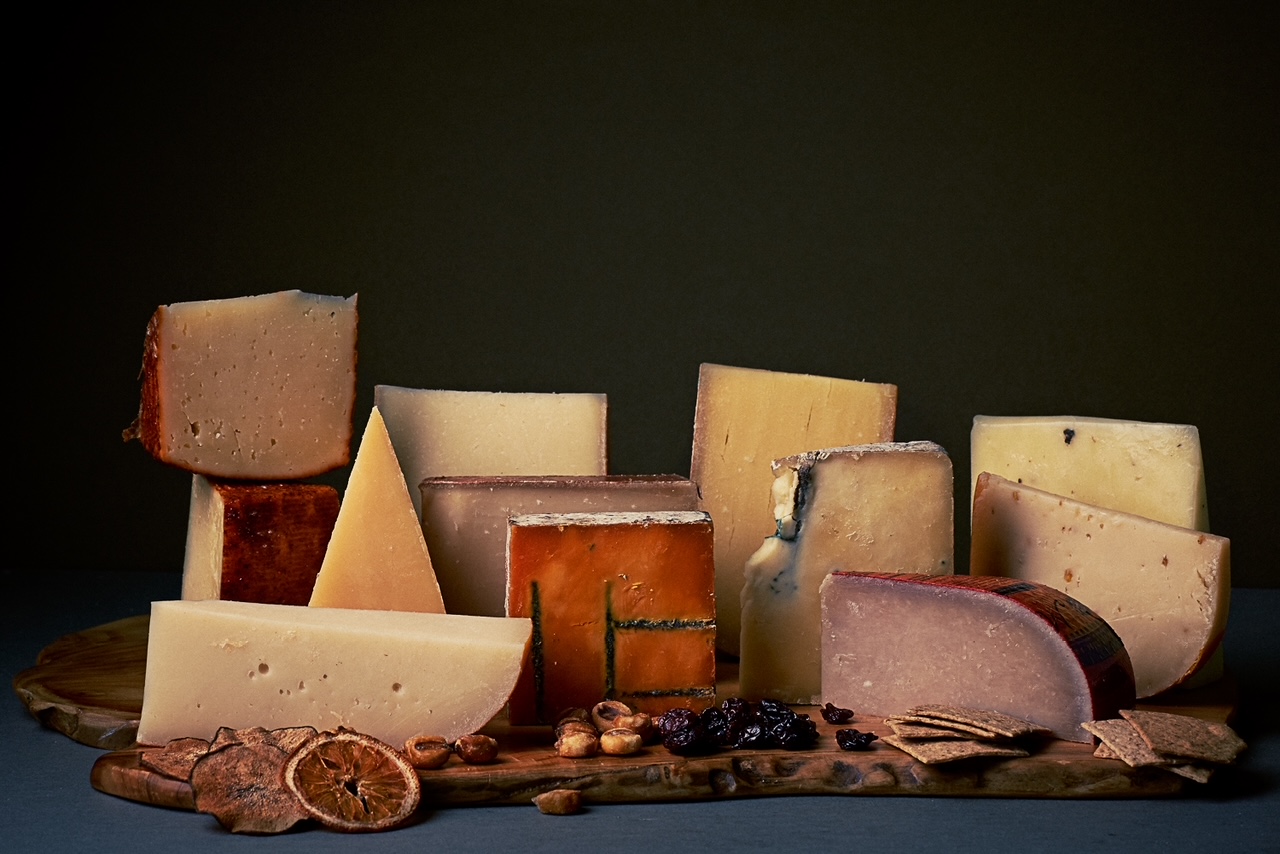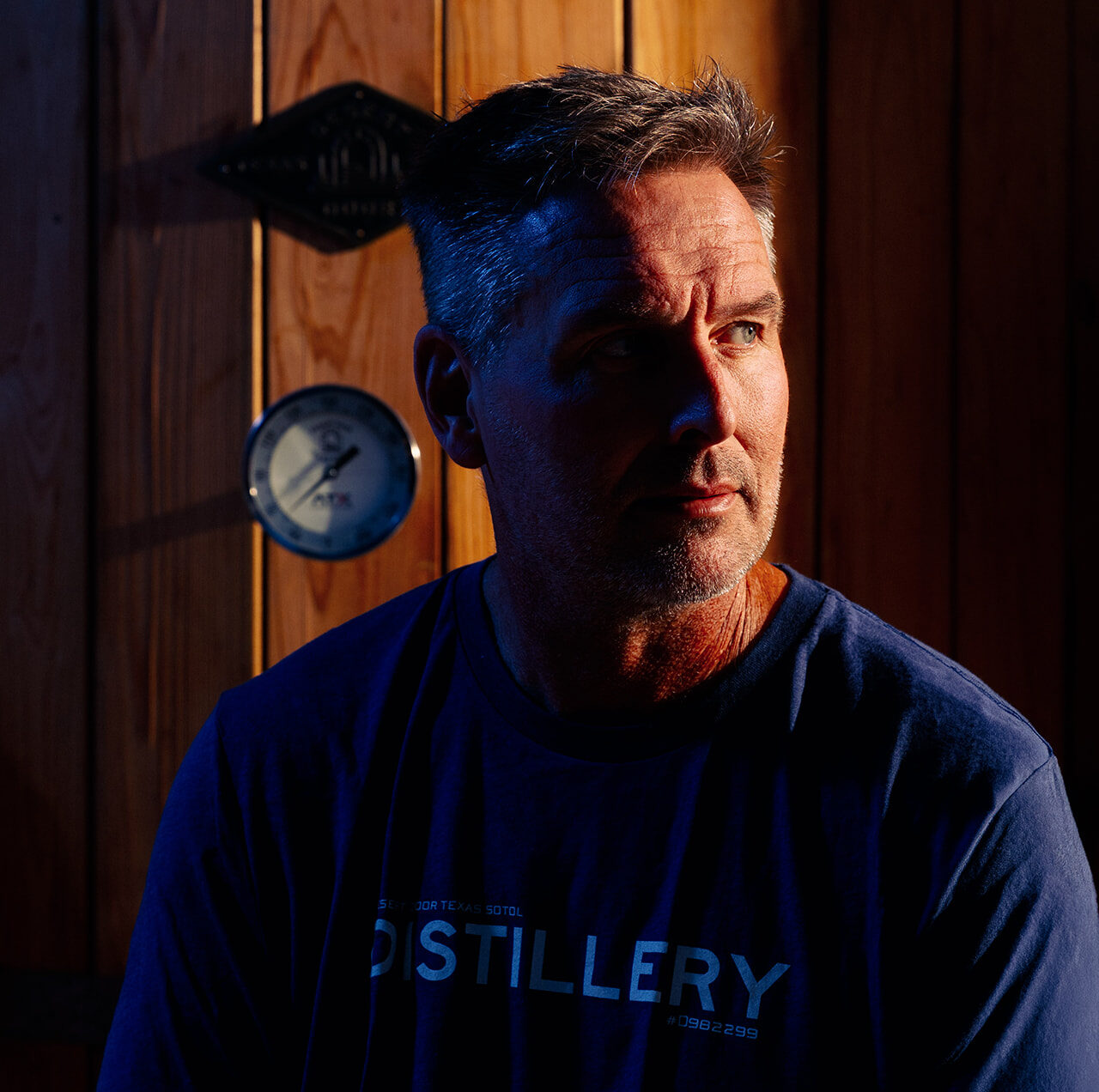
Located in the diverse and vibrant Banker’s Hill district, Kinme Omakase is redefining San Diego’s culinary scene with its immersive 10-course dining experience. Built on the foundations of traditional Japanese techniques, Kinme’s menu puts a spotlight on seasonally fresh and high-quality dishes created in front of diners.
What started as a passion project for the team behind San Diego’s renowned Azuki Sushi is breaking new ground and elevating local Japanese cuisine. Beyondish spoke with owner/Creative Director Shihomi Borillo and Chef de Cuisine Kevin Alvarado about the Kinme experience and representing their culture through the art of food.

When and how did you come up with the idea to open Kinme?
Borillo: It was during Covid when we decided to close Hachi Ramen since offering takeout ramen did not agree with us. Azuki Sushi, on the other hand, was getting very busy with takeout, indoor dining and sidewalk seating. It got so busy to the point that we had a hard time opening up the sushi bar again since sushi chefs were so busy and had very little time for guest interaction. Prior to Covid, we were offering Omakase experience (mainly nigiri omakase) at Azuki and had to move the service elsewhere. Then we had a lightbulb moment to utilize the former Hachi space.
How would you describe the Kinme Omakase experience?
Borillo: It is almost a theatrical experience. When you enter, you are welcomed by our concierge and escorted to an intimate, calming and comfortable space where guests can enjoy seeing the chefs prepare the food in front of them. There are three chefs, and for each course they explain in detail what each dish is, where they source each ingredient from, and the intention behind it. Guests can enjoy each course using their five senses: touch, hearing, sight, smell and taste. Our meal concludes with a bowl of matcha prepared in an abbreviated, but still impressive Urasenke style.
Why open a restaurant with such an intimate seating capacity (10 diners max)?
Alvarado: For the amount of care and precision each chef takes to create a 10-course meal, it had to be intimate and luckily the place only fit 10 guests comfortably; no more, no less.

Walk us through the immersive 10-course menu.
Alvarado: When the team was creating the structure of the menu, we knew the foundations we wanted to incorporate. Those being elements of Kaiseki cuisine and Edomae style sushi. And with the other areas of the menu, we wanted to showcase additional techniques that would further showcase the ingredients and products we are bringing in and using.
We highlight the flavors by using the best ingredients available in that moment, whether it be the seafood or the produce; [and] by studying and falling in love with each ingredient to showcase the best possible way to present them, whether it’s hay smoked (traditional Japanese way of smoking), dry aged tuna or A5 wagyu.
How do you honor Japanese traditions and culture with your food?
Borillo: Japanese cuisine is known for its emphasis on fresh, high-quality ingredients, simplicity and presentation. To honor Japanese traditions and culture with food, we focus on using authentic Japanese ingredients such as Japanese rice, vinegar, real wasabi and matcha, cooking techniques, and paying attention to presentation and balance.
We believe it is important to be respectful of cultural customs and etiquette, from not wasting food to bowing to our guests. In addition to food, Japanese culture has a rich history and tradition of tea ceremonies, flower arranging, calligraphy and other arts and practices. We try to incorporate these elements as much as possible to give our guests an authentic experience.
Tell us about your backgrounds and career before Kinme.
Borilloi: At the age of 16 I started working for a popular ramen restaurant in Yokohama, Japan where I took nearly every position in the business, starting from dishwasher, prep, cook, host and server. I absolutely loved every minute of working there. When I moved to the U.S. at 19, I took a couple more jobs as a prep cook, server and dishwasher. After graduating from college, I started to look for a 9 to 5 job, but then my business partner Chef Nao Ichimura called to open Azuki Sushi together. At Azuki Sushi, I became an owner/general manager for the first five years, until I became a creative director.
Despite coming from a humble background, I’ve been able to enter into a male-dominated industry and pursue my dreams. I hope to inspire more women to pursue their passions and express themselves through their work, becoming independent and successful in their own right.
Alvarado: I was born and raised in Vista, North County San Diego. After graduating from high school, I attended the California School of Culinary Arts in Pasadena. Upon graduating from C.S.C.A., I worked in various restaurants throughout North County and San Diego. In 2019, I accepted the role as chef de cuisine at Azuki Sushi.
What do you like most about the San Diego food scene?
Alvarado: The diversity and how food is really woven into San Diego culture. On a map of San Diego County you are able to point out certain areas or neighborhoods and the amazing food they have. And with the Mexico border so close and the Pacific Ocean right here, it just ties us together with the rest of the world.
How has the response been from locals?
Borillo: Our community has provided us with an incredible amount of positive feedback, which has been extremely gratifying. There were so many guests from our very first week to let us know that Kinme’s dinner was one of the best dining experiences in San Diego and that they cannot wait to come back soon. I also had a number of guests reach out to me personally, thanking me for the experience and for opening Kinme to elevate the dining scene in San Diego.
What do you attribute to your team’s success? 2023 marks 15 years for Azuki Sushi.
Borillo: First and foremost, we believe that the quality of food is the most important factor in Azuki’s success. We make sure that the food is consistently delicious, innovative, and meets or exceeds our customer expectations. For the first 10 years we spent barely any money on marketing and relied heavily on repeat business and positive word-of-mouth reviews. We also are quick to adapt to changing market conditions or a pandemic for that matter. Right after the shutdown, we brainstormed quickly what needs to happen in an unknown time and to make whatever changes necessary in order to keep the business going.
What’s coming up for Kinme Omakase?
Borillo: Chef collaborations, Kinme’s special blend tea and sake, exploration of how to blend the best of two cultures, possibly guest chefs locally and from Japan.

NEXT ON THE DISH








